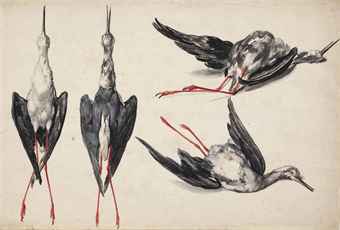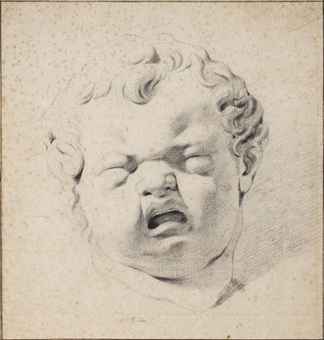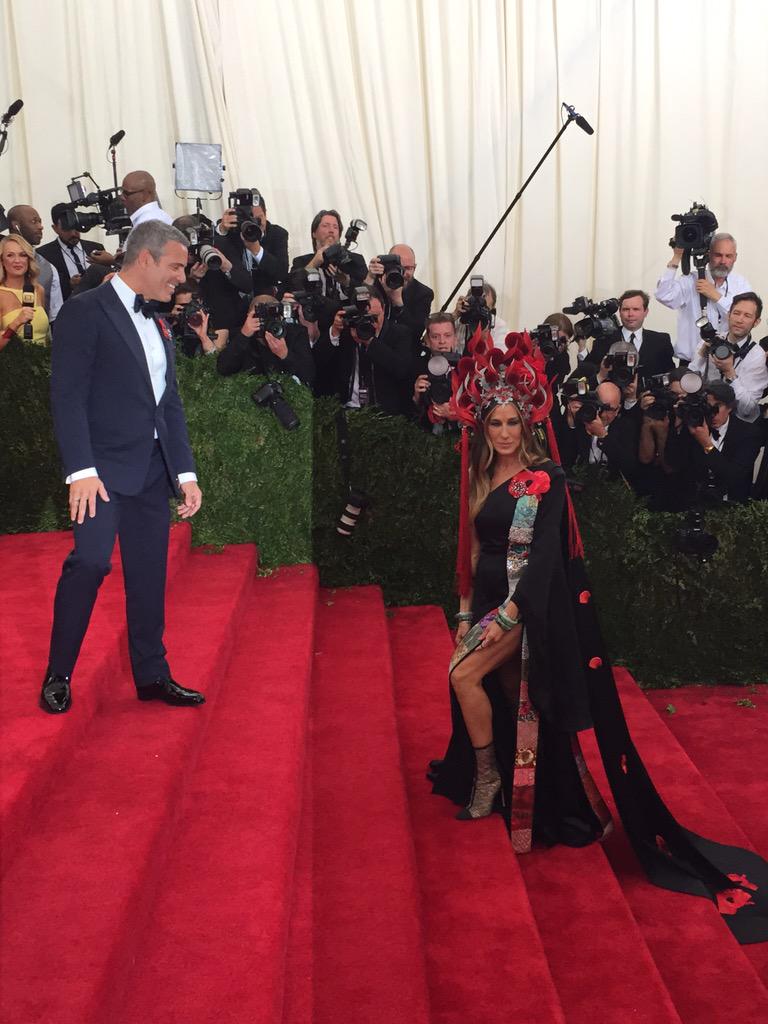 |
| Picture: MS |
It's a cliché that blockbusters are overcrowded, but Late Rembrandt at the Rijksmuseum was the worst I can recall. It's more spaced out than the London leg of the show, but that extra space isn't to give the pictures room to breathe. It's to cram in the maximum number of people. There were far, far more people per picture than in London (which was also badly crowded). The room above has just three pictures in it. There were rarely fewer than a dozen people in front of each of them.
There have been many complaints. A Dutch newspaper headed its report of the show with a visitor quote, "I could have punched someone". Director Wim Pijbes responded to criticism by saying that if you want a contemplative experience you should buy your own Rembrandt. That must be the most disgusting thing I've heard from a museum. When Anatole France said, "The law, in its majestic majesty, forbids rich and poor equally from sleeping under bridges" it was satire, criticising the economic inequality that mocks formal equality. Pijbes offers a grotesque perversion of this, offered not as criticism but as fact. He implies that the democratic experience must be raucous and crowded, describing the 'great buzz' at the show.
But of course Pijbes, art historian and museum curator, recognises the pleasure of looking at pictures rather than jostling with 'buzzy' crowds, and another comment he made last week is revealing. He explained that the reason the Rijksmuseum closes so early (5pm) is to give them time to set up for the 500 or so private evening functions they host each year. The contemplative experience is so valuable and so desirable that they can charge a fortune for it, reserving it only for the rich.
Meanwhile those of us stuck in the third class carriage get an experience that is deliberately degraded. Not only must we contend with crowds. Flash photography is permitted at the Rijksmuseum, including at their special exhibitions. The official regulations still say no flash, but there are no signs up and people were freely using flash in front of guards. There are also red focus dots on many modern cameras that linger on the surface of the pictures you're struggling to see. Between the red spots and the bright flashes, pictures were arbitrarily illuminated several times a minute. Here's a two minute clip of the Washington Self Portrait. People are more willing to move aside to let people take pictures than to allow people to look at pictures, so it's easier to snap pictures than to look at them. It helps move people through more quickly and more predictably, but trying to focus on looking at anything is impossible.
Museum overcrowding is a problem with no easy solution. Some want to build more extensions, but even if there's more room to show Troost people will still crowd around Vermeer. It's the same handful of famous masterpieces that draws the crowds; as the Rembrandt show illustrates, the extra space in the Amsterdam leg just meant even greater overcrowding. But the answer can't be to reject a contemplative experience (actually never mind a contemplative experience; I'll settle for just being able to see the pictures). Treating people like cattle and encouraging a more superficial engagement for the masses and charging through the nose actually to see things is an absolute perversion of what museums ought to be, and a degrading way to show great art. Pijbes' vile elitism adds insult to the injury of the Late Rembrandt experience.




